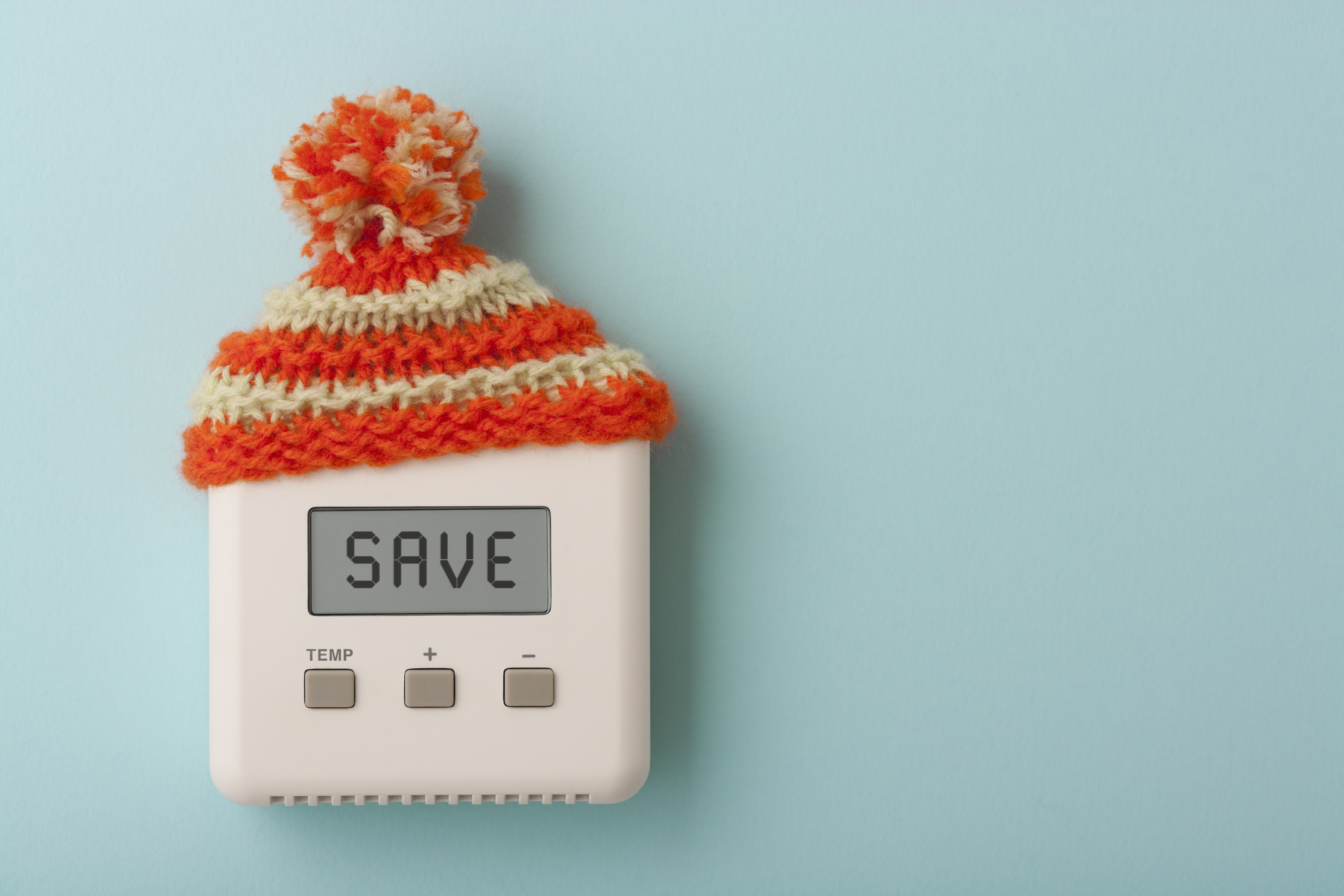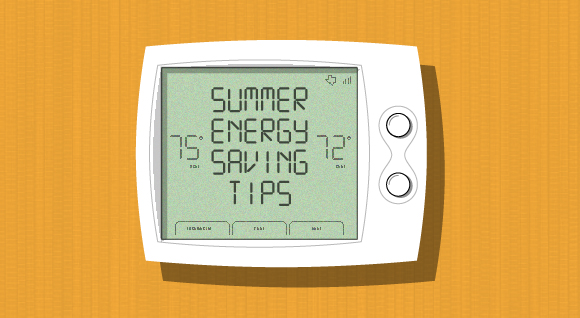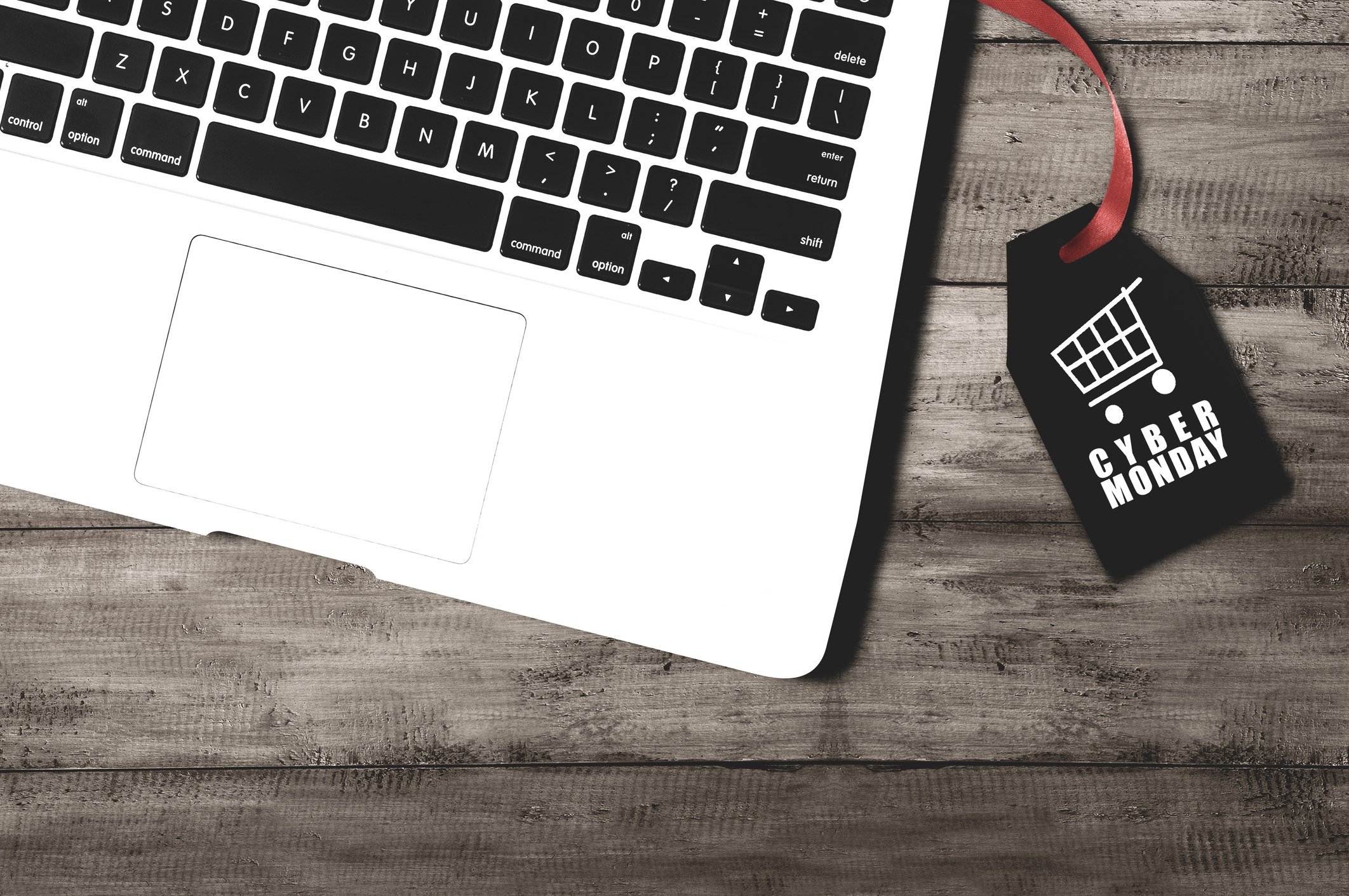-
Contact Us
-
General Inquiries/Service Requests:
- 888.313.6862
-
contactcenter@oncor.com
-
(Mon.-Fri., 8 a.m.-6 p.m. Central Time)
-
For Outages
- 888.313.4747
-
(24/7)
Oncor’s energy efficiency experts share 10 tips to help you lower your winter energy costs while also keeping the cold weather from finding ways to seep into your home. Here’s a list of preventive measures you can take now to stay warmer this winter.
1. Seal up windows
In the winter, up to 30 percent of your home’s heat can be escaping through low-efficiency windows. You can attach a heavy-duty, clear plastic sheet on a frame or tape clear plastic film to the inside of your window frames during the winter months. Make sure the plastic is sealed tightly to the frame to reduce leaks.
Depending on your budget, you can also look at installing storm windows or even replacing old windows with energy-efficient windows.
2. Find and seal leaks
Cold air can leak into a home through minor cracks and gaps in doorways, holes cut in walls for plumbing, space around chimneys, recessed lights in ceilings, and unfinished spaces behind cupboards and closets. You find out here how to detect air leaks. You can add caulk or weather-stripping to seal air leaks around and under doors. Find out how to select and apply the right caulk and weather-stripping.
3. Lower the thermostat (or get a new one)
When you’re home, set your thermostat as low as is comfortable. You may save as much as 3 percent on your energy bill for each degree you lower your thermostat. When you’re at work and out of the house, drop the temperature even lower to save more. If you don’t have one, a programmable thermostat makes it easy to set times when you’re away or asleep. Oncor customers save up to $65 at smartsavingstx.com.
4. Check and replace air filters
Depending on your system and the type of filters, the air filters in your HVAC system should be replaced or cleaned monthly. Dirty or clogged air filters force your heating system to work harder for proper airflow, using extra energy and raising your energy costs.
5. Have a pro inspect your system
A heating system tune-up can find problems that could be resulting in extra energy use and costing you money. If your system makes an unusual noise or you notice uneven heating, schedule an inspection by a professional heating, ventilation and air conditioning (HVAC) specialist.
6. Reduce heat loss through the fireplace
Keep the fireplace damper closed unless a fire is burning. An open damper when there’s no fire is like keeping a window open during the winter. The warm air shoots right up the chimney. If you don’t have them, install tempered glass doors and a heat-air exchange system that blows warmed air back into the room.
7. Set your water heater to warm
Reduce the temperature of your water heater to warm (about 120 degrees). You’ll not only save energy, you’ll avoid scalding your hands. Or consider installing a tankless water heater that heats water as needed, saving costs in the long run.
8. Let LEDs light your way
If you haven’t switched out your lightbulbs for LED (light-emitting diode) bulbs, winter is the perfect time to do it. LED bulbs last longer, use 75 percent less energy than traditional incandescent bulbs and they don’t generate any heat, so they’re safer.
9. Extinguish the exhaust fan
Your bathroom fans and oven hoods are often overlooked sources of heat loss in the winter. Use your exhaust fans sparingly and then keep them turned off. The fans pull away the warm air from your home.
10. Inspect your insulation
If you have ductwork in the attic or garage, be sure it is covered with at least six inches of insulation. Seal seams and joints in ductwork with duct sealing compound. Check the surface of your attic to make sure you have enough insulation. The U.S. Department of Energy recommends that attics have an R-38 to R-49, or about 12 to 15 inches of fiberglass or cellulose insulation. Use unfaced insulation when adding more insulation to an attic that already has some insulation, laying the rolls or batts at right angles to the floor joists.
Bonus tip
Let the sunshine in. If you have south-facing windows, open the curtains or blinds during the day to naturally heat your home.
Experts also suggest conducting a home energy audit to find out where you can save the most, and consider making a larger investment for long-term energy savings.
With winter in full swing, Oncor has also taken measures to ensure all preparations are in place for the 2024-25 season. Oncor has been hard at work for months, proactively getting ready for what the colder months may bring. Click here to learn more about Oncor's year-round planning process, and click here for a winter weather outlook from Oncor’s in-house meteorologist, Kaiti Blake.




.jpg)



